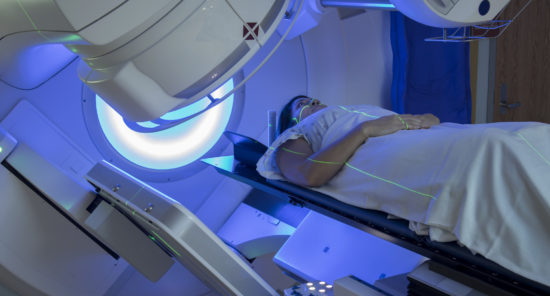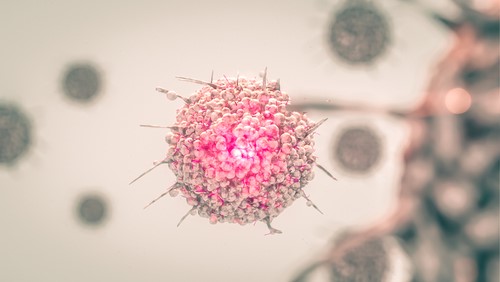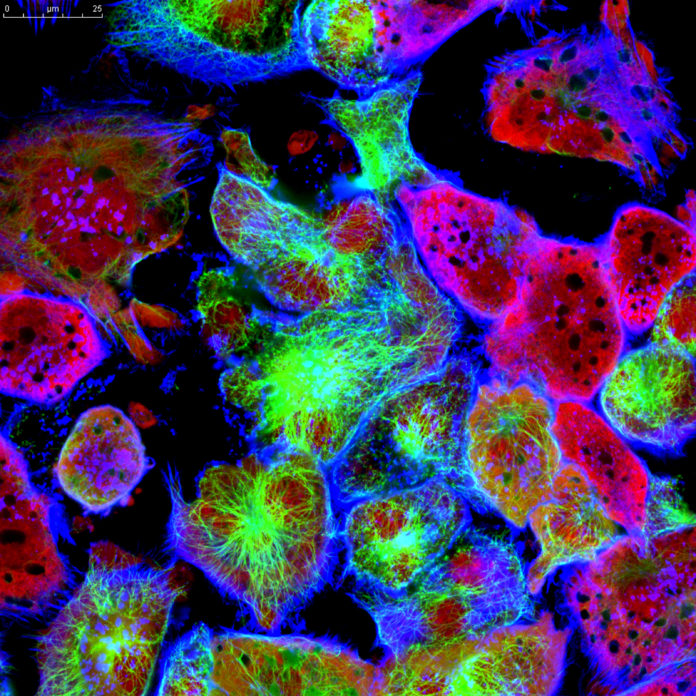Researchers recognized a highly fatal and distinct invasive breast cancer subtype known as neoductgenesis in the breast (DAB), which they observed is similar in appearance and prognosis to ductal adenocarcinoma of the prostate. The findings were reported in the European Journal of Radiology.
The study focused on all breast cancers diagnosed at the department of mammography at Falun Central Hospital in Sweden since the late 1970s that were classified according to imaging biomarkers and followed up at regular intervals. All imaging biomarkers of breast cancers appearing to originate from the major lactiferous ducts were linked to histopathology and long-term patient outcomes.
According to the findings, major lactiferous duct breast cancers produce perpetually branching neoducts through neoductgenesis, thereby resulting in significant tumor burden. The researchers noted that this subtype is highly fatal due to invasive nature and is commonly referred to ductal carcinoma in situ, which they feel is a wording that is at odds with the subtype’s poor prognosis. Instead, the researchers proposed the term DAB to facilitate recognition of its lethality and invasiveness. They further suggested that recognizing DAB is vital for preventing treatment failure.
Reference: Tabár L, Dean PB, Lee Tucker F, et al. Breast cancers originating from the major lactiferous ducts and the process of neoductgenesis: ductal adenocarcinoma of the breast, DAB. Eur J Radiol. 2022;153:110363. doi:10.1016/j.ejrad.2022.110363









